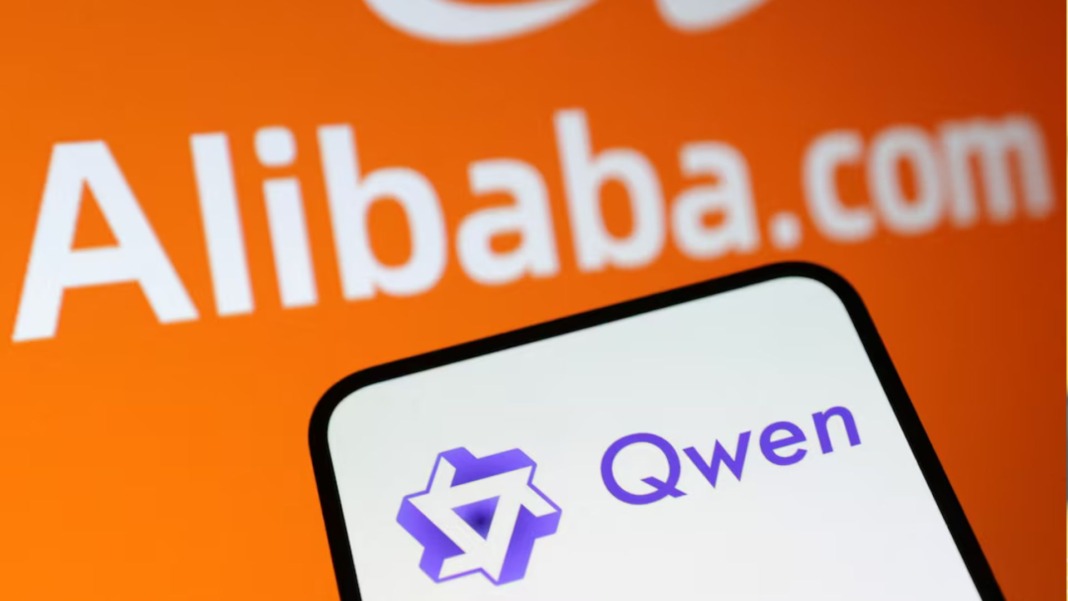Chinese tech giant Alibaba has introduced Qwen3, a new family of artificial intelligence models that could rival top names like Google and OpenAI. Launched on April 29, the Qwen3 series offers a wide range of models and is available under an open licence on platforms such as Hugging Face and GitHub.
With models ranging from 0.6 billion to 235 billion parameters, Qwen3 covers a broad scope of problem-solving abilities. In AI, parameters represent how much a model can learn from data, and generally, more parameters mean better performance. According to Alibaba, some of the Qwen3 models even surpass Google’s Gemini 2.5 Pro and OpenAI’s o3-mini on key benchmarks.
A hybrid approach to problem-solving
What makes Qwen3 stand out is its “hybrid” design. This means it can switch between thinking deeply about a task or providing a quick answer, depending on the situation. For example, asking a complex question takes time to “reason” through the answer. For simpler queries, it responds quickly. This feature allows users to control how much computing power—or “thinking budget”—they want the model to use.
Introducing Qwen3!
— Qwen (@Alibaba_Qwen) April 28, 2025
We release and open-weight Qwen3, our latest large language models, including 2 MoE models and 6 dense models, ranging from 0.6B to 235B. Our flagship model, Qwen3-235B-A22B, achieves competitive results in benchmark evaluations of coding, math, general… pic.twitter.com/JWZkJeHWhC
“We have seamlessly integrated thinking and non-thinking modes, offering users the flexibility to control the thinking budget,” the Qwen team explained in a blog post. “This design enables users to configure task-specific budgets with greater ease.”
Some Qwen3 models also use a “mixture of experts” (MoE). This method divides tasks into smaller parts and sends them to specialised models, or “experts”, which work together to generate an answer. This approach helps the models work faster and more efficiently.
Strong performance across many tests
The Qwen3 models support 119 languages and were trained using a dataset of nearly 36 trillion tokens. A token is a small piece of data the model uses to learn—around 1 million tokens equal 750,000 words. The training data included everything from textbooks and code snippets to AI-generated content and question-answer pairs.
According to Alibaba, this extensive training has made Qwen3 much more advanced than its predecessor, Qwen2. While none of the models are dramatically better than top offerings from Google or OpenAI, they are considered highly competitive.
One standout model is Qwen-3-235B-A22B, the largest in the Qwen3 family. It slightly outperforms OpenAI’s o3-mini and Google’s Gemini 2.5 Pro on Codeforces, a popular coding competition site. It also scores higher on AIME, a tough maths test, and BFCL, a benchmark for reasoning ability. However, this top-tier model isn’t available to the public for now.
The biggest publicly available model, Qwen3-32B, is still strong. It competes well with other AI tools, including models from DeepSeek, a Chinese AI lab. On several coding tests like LiveCodeBench, Qwen3-32B even beats OpenAI’s o1 model.
A growing role in the open-source AI landscape
Alibaba says Qwen3 does more than solve problems. It’s also good at calling tools, following instructions, and copying data formats. Besides downloading the models, you can access Qwen3 through cloud services like Fireworks AI and Hyperbolic.
Tuhin Srivastava, CEO and co-founder of cloud hosting company Baseten sees Qwen3 as part of a larger trend. “The U.S. is doubling down on restricting sales of chips to China and purchases from China,” he said, “but models like Qwen3 that are state-of-the-art and open … will undoubtedly be used domestically.”
He added that businesses are now combining custom-built tools with ready-made models from companies like Anthropic and OpenAI. With Qwen3, Alibaba is showing that Chinese firms are catching up in AI and setting new standards.





